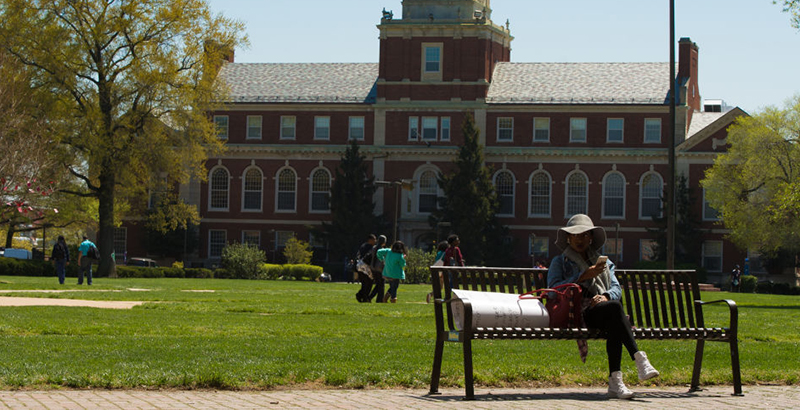Herring: To Increase Educator Diversity, We Must Listen to the Voices of Experience

Hatred and intolerance displayed by the white supremacists, Nazis, and Klansmen who recently terrorized Charlottesville has once again brought into chilling focus the contested status that people of color, immigrants, and religious minorities have long occupied in American society.
Despite — or, perhaps, because of — the increasing diversity and pluralism that continue to enrich our national culture, commonly disenfranchised groups in America are routinely the targets of poisonous rhetoric and violence.
In view of such hatred, we must recognize that the legacy of white supremacy as a structural reality in American life continues to circumscribe the opportunities available to people of color in this country. And as much as the hatemongers are likely to disagree, it is no secret that a lack of diversity plagues a broad range of American institutions and professions, from the corporate world and government to health care and beyond.
Our school system is not exempt. An acute shortage of educators who represent the racial, cultural, and linguistic diversity of the U.S. population chronically undermines education in this country.
For years, reformers in the education field have emphasized how educator diversity can specifically benefit students of color, but research demonstrates that educator diversity, in fact, benefits all students. Now, more than ever, America’s schools need to provide white students opportunities to learn from educators who don’t look like them. Experiences with counter-stereotypical authority figures, like teachers and principals, can decrease prejudiced responses to diverse others. Cognitive research highlights the powerful effect that cross-racial experiences can have in reducing implicit bias, particularly if those experiences occur during childhood.
Despite evidence that the lack of educator diversity negatively impacts all students and disproportionately affects students of color, there has been relatively little movement to addressing a problem that has proved intractable in the face of numerous intensive reform efforts. If we are to ensure that our schools do not perpetuate the broader inequalities of American life, we must find more effective and sustainable ways to close the diversity gap.
The solutions we’ve tried in the past 30 years have been insufficient. In large part, this is because those solutions have focused largely on recruiting more diverse teacher candidates — and less on ensuring that those candidates receive the preparation that enables them to persist in the teaching profession. Diverse teacher retention is the most significant challenge to improving the educator pipeline and closing the diversity gap in our classrooms, especially as teachers of color continue to leave the profession at higher rates than other teachers.
Minority-serving institutions have a rich history of training diverse educators who are prepared to succeed and persist, including in some of the neediest schools in America. In fact, teachers of color who are currently teaching in America’s public schools are disproportionately more likely to have been trained at an MSI. Despite conferring just 11 percent of education bachelor’s degrees in the U.S., these programs award more than half of the bachelor’s degrees in education earned by Hispanics, Native Hawaiians, and Pacific Islanders — and nearly 40 percent of those earned by African Americans.
Therefore, it is a surprise to see that MSIs and their educator preparation programs often go unnoticed in the national conversation about diversifying the teacher workforce. A 2016 report from the U.S. Department of Education highlighted the crucial role that these programs play in diversifying the educator workforce. Yet the unique capabilities of these programs are not well understood or appreciated by the broader education field or the public. Building awareness and public support for these institutions and programs must be an integral part of any comprehensive national solution to address the educator diversity gap.
Our multilingual, multiracial, and multicultural nation cannot prosper if our schools, which are the foundation of an egalitarian society, do not represent and equitably serve all of our children. It is time to invest in the expertise that MSIs have already cultivated and in the solutions they are so well positioned to share with the education field. We cannot afford to allow the educator diversity gap to widen any further while we wait for new reforms. The stakes are too high. We must listen to the voices of experience.
Dr. Cassandra Herring is the founder, president, and CEO of Branch Alliance for Educator Diversity, a new organization that supports minority-serving institutions to advance the field of educator preparation.
Get stories like these delivered straight to your inbox. Sign up for The 74 Newsletter

;)